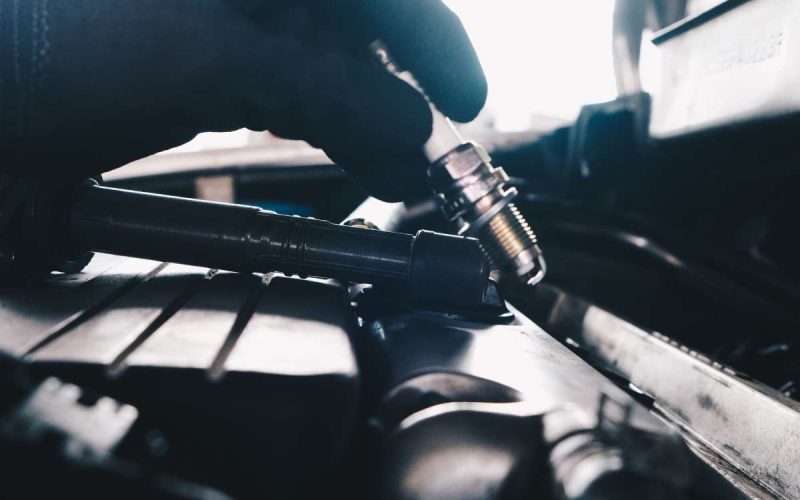Your car’s performance depends on many small components working harmoniously. Among them, spark plugs are critical for your vehicle’s functionality and fuel-efficiency.
The spark plugs ignite the air-fuel mixture in the engine, creating the explosion that powers your vehicle. However, these parts don’t last forever. With that, discover what you need to know about replacing your car’s spark plugs.
Why Replacing Your Car’s Spark Plugs Matters
Spark plugs may be small, but they have a big impact on your car’s performance. Over time, spark plugs wear out due to the constant exposure to high temperatures and combustion gases.
This can result in various issues, such as misfiring, reduced fuel efficiency, and difficulty starting the engine. Replacing your car’s spark plugs at regular intervals not only keeps your car running smoothly but also prevents more serious problems from arising.
Understanding Spark Plug Types
Not all spark plugs are the same—there’s copper, platinum, and iridium, just to name a few. This means that it’s important to understand the different types of spark plugs and their applications in order to find the ideal option for your car.
Some spark plugs are better suited for high-performance driving, while others offer greater durability. Knowing the differences between them will help you choose the right spark plugs for your vehicle and driving habits.
Timing Your Spark Plug Replacement
How often should you replace your car’s spark plugs? It varies based on the type and your driving conditions.
Generally, you should look to replace copper spark plugs—which are standard in most everyday cars—every 20,000 to 30,000 miles. Platinum and iridium plugs can last up to 100,000 miles, so be sure to refer to your vehicle’s manual for specific recommendations.
Completing a DIY Spark Plug Replacement
Another thing to know about replacing your car’s spark plugs is that you can do it yourself! It’s a fairly straightforward operation, and you can save a few bucks by swapping out the old plugs for the new ones on your own.
First, ensure that you have the right tools, including a socket wrench, spark plug socket, and gap gauge. Begin by locating the spark plugs—they are usually found on top of the engine.
Remove the old plugs carefully, ensuring no debris falls into the cylinder. Then, install the new plugs, tightening them to the manufacturer’s specifications.
Keeping Your Engine in Top Shape
Regular maintenance, including spark plug replacement, is essential to ensure your vehicle runs efficiently and reliably. Understanding the importance of spark plugs, knowing when it’s time to swap out the old ones for new plugs, and determining the ideal plugs for your vehicle can save you time and money.
Best of all, you can do the work yourself without having to make an appointment with a mechanic. Keep your vehicle’s engine running smoothly and efficiently by replacing your car’s spark plugs as needed.

